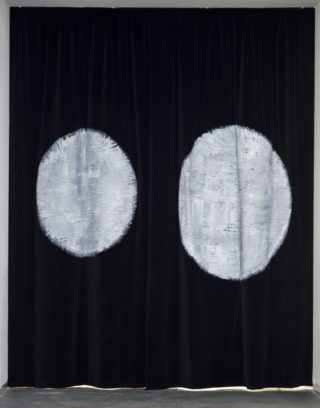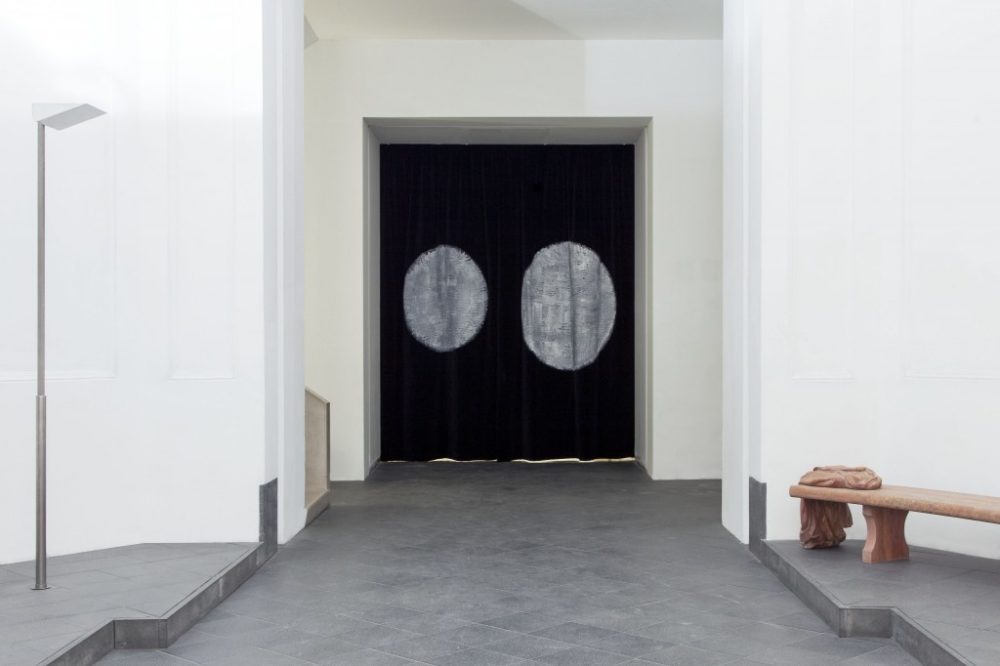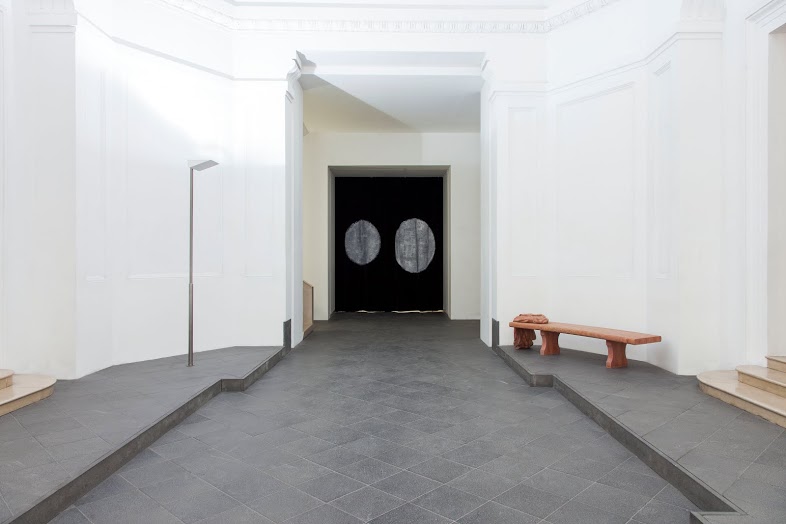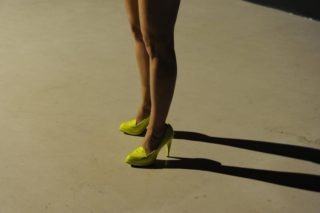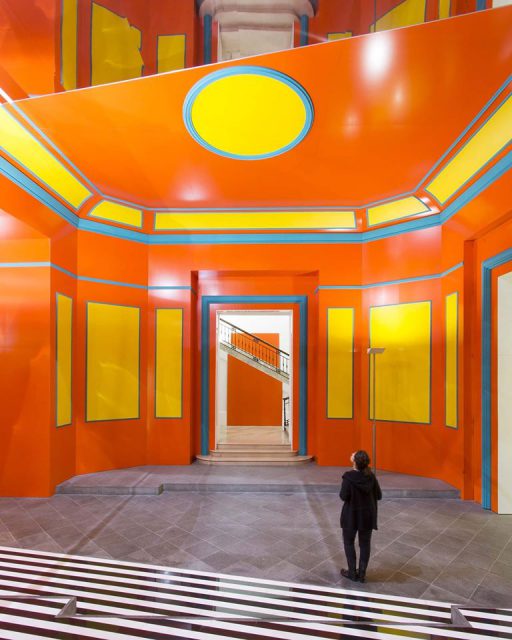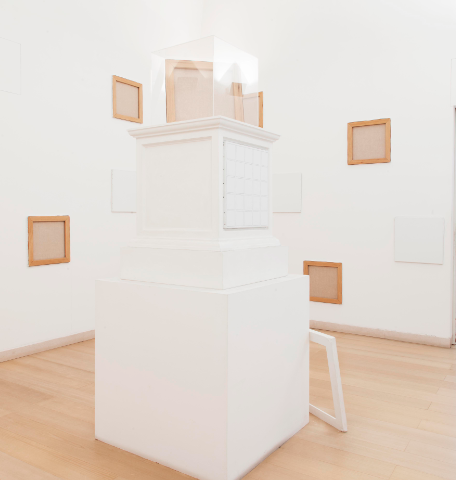Lino Fiorito’s artistic practice ranges from theatre to film and the visual arts, with an outlook always distinguished by an interest in the visual and theatrical dimension of individual projects. Crucial in his development was the encounter, in the late 1970s, with Mario Martone, Angelo Curti, Andrea Renzi, Pasquale Mari and Daghi Rondanini, with whom he formed the “Falso Movimento” group. This experience gave rise to numerous spectacles such as Tango Glaciale, Otello, Il desiderio preso per la coda, Coltelli nel cuore, Ritorno ad Alphaville (1986), which was also the last of the spectacles presented by the group. In 1985 with Mario Martone he designed the sets for La vedova allegra directed by Mauro Bolognini; again for Martone in 1989 he created the sets and costumes for Woyzeck. His work was immediately influenced by the creative fervor of those years and the mobility of the theatrical projects mounted at alternative venues. The originality of his vision prevailed in this period over the construction of the sets and the sketches produced by Fioroni were often transformed into slides projected behind the actors or even presented in such a format as to become true theatrical backdrops. The sketches were turned out rapidly during rehearsals, in symbiosis with the work of the director and actors, and subsequently given more technical solutions for the creation of the sets and costumes. In 1986, “Falso Movimento” was fused with the “Teatro dei Mutamenti” and the “Teatro Studio” of Caserta to create “Teatri Uniti,” a theatre project combining theatrical tradition with the experiments in new forms of spectacle. He turned to the cinema in the following years, with Tonino De Bernardi, Paolo Sorrentino and Antonio Capuano. In 1986 Fiorito and other artists founded the Galleria Idra Duarte in Naples as a nonprofit space that has exhibited the work of many young artists over the years.
Underpinning this varied yet coherent body of work is a practice of art understood as a creative laboratory of free and reflexive invention. In the early years his work was characterized by metropolitan accents, by splintered lines traversed by a rhythmic and two-dimensional figuration, gradually replaced by an abstraction at times minimalist and at others vaguely dreamlike, also evident in his site-specific work for the Madre, Untitled (2013), a stage curtain at the entrance to the great hall-stage on the ground floor. This was the first curtain commissioned by the Museum, in which two large white circular elements stood out against a background of black velvet to evoke two beams of light illuminating two hypothetical actors, suggesting a process of identification with the visitors themselves in relation to the work.
The constant in Fiorito’s research, despite the substantial diversity of his stylistic choices, is an effective compositional precision that endows the image with a vibrant yet restrained expressive power and a highly marked color sense created out of the restless interplay of his handling, vibrant color contrasts and use of chiaroscuro. His work is suspended between chaos and rigor, stasis and motion, concrete and visionary elements that merge and converge in an inexact geometry, and unexpected encounters. Suspended between real and surreal, Fiorito deploys what is almost an operation of geometric-oneiric scansion, aimed at detecting the exceptional in the banal, the fantastic in everyday life, a mental journey that seeks to indicate possible iconic paths that lead beyond the threshold of representation.
[Eugenio Viola]
